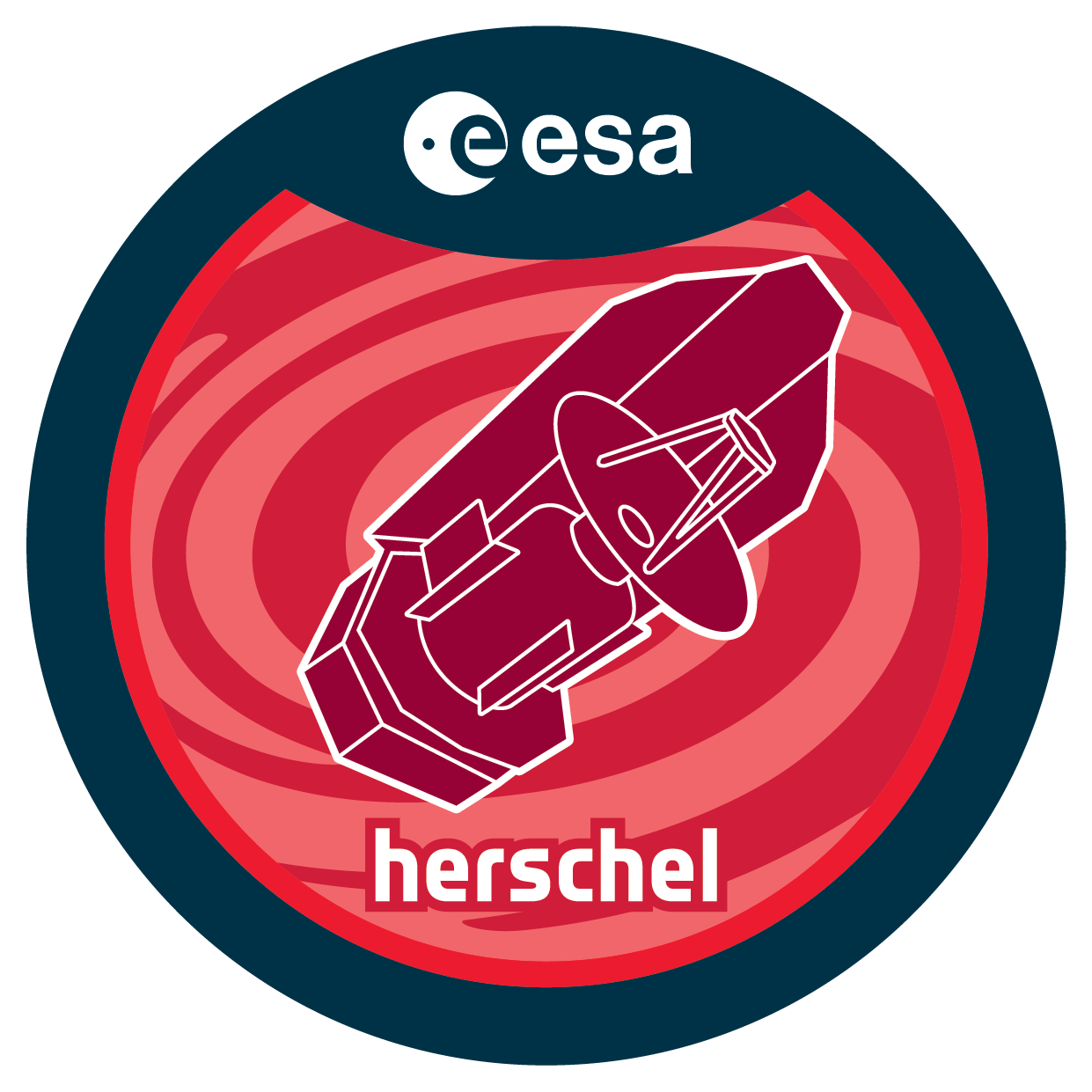| Description |
Debris discs are belts of dust particles created from collisions ofplanetesimals (comets and asteroids) in extrasolar planetary systems.The prototype disc around Vega was discovered ~25 years ago by IRAS,and ~20 discs have been imaged to date, primarily by HST, SCUBA andSpitzer. Despite the relatively low numbers, debris discs are seen tobe extraordinarily diverse in character, including systems with vastpopulations of comets or with perturbations by planets at tens of AUfrom the host star. Due to this low number, however, our knowledge ofdebris discs is incomplete; there has been no unbiased surveyspecifically designed to image a large number of discs. Spitzergreatly improved our understanding of the disc-rich A stars but thenumber of detections is still low for solar-analogue FGK stars andespecially the numerous M stars. For Herschel, we therefore proposethe DEBRIS (Disc Emission via a Bias-free Reconnaissance in theInfrared/Submillimetre) Key Project which will probe 450 nearby A-Mstellar systems for debris and measure Solar System dust levels indebris discs for the first time. The large sample is statisticallyrobust and without bias, providing a rich legacy for debris disc andexo-planet science. This deep, flux-limited survey will obtain PACS100/160 images of all 450 systems (472 fields due to wide binaries),and it will be possible to resolve discs toward each one with thePACS high resolution. DEBRIS includes SPIRE imaging in systems wheredebris is detected with PACS (a rate of 50% is expected). The keyscience questions are: (a) which kinds of stars have debris and why?(b) what are the sizes, temperatures and masses of the debris discs?(c) what is the relation of resolved disc structures to theexo-planets? and (d) is our Kuiper Belt common or unusual? TheHerschel DEBRIS Key Project will answer these questions usingHerschels high sensitivity, spectral coverage and resolution. Ourteam includes world experts in debris discs and exo-planet sciencefrom 8 countries. |

